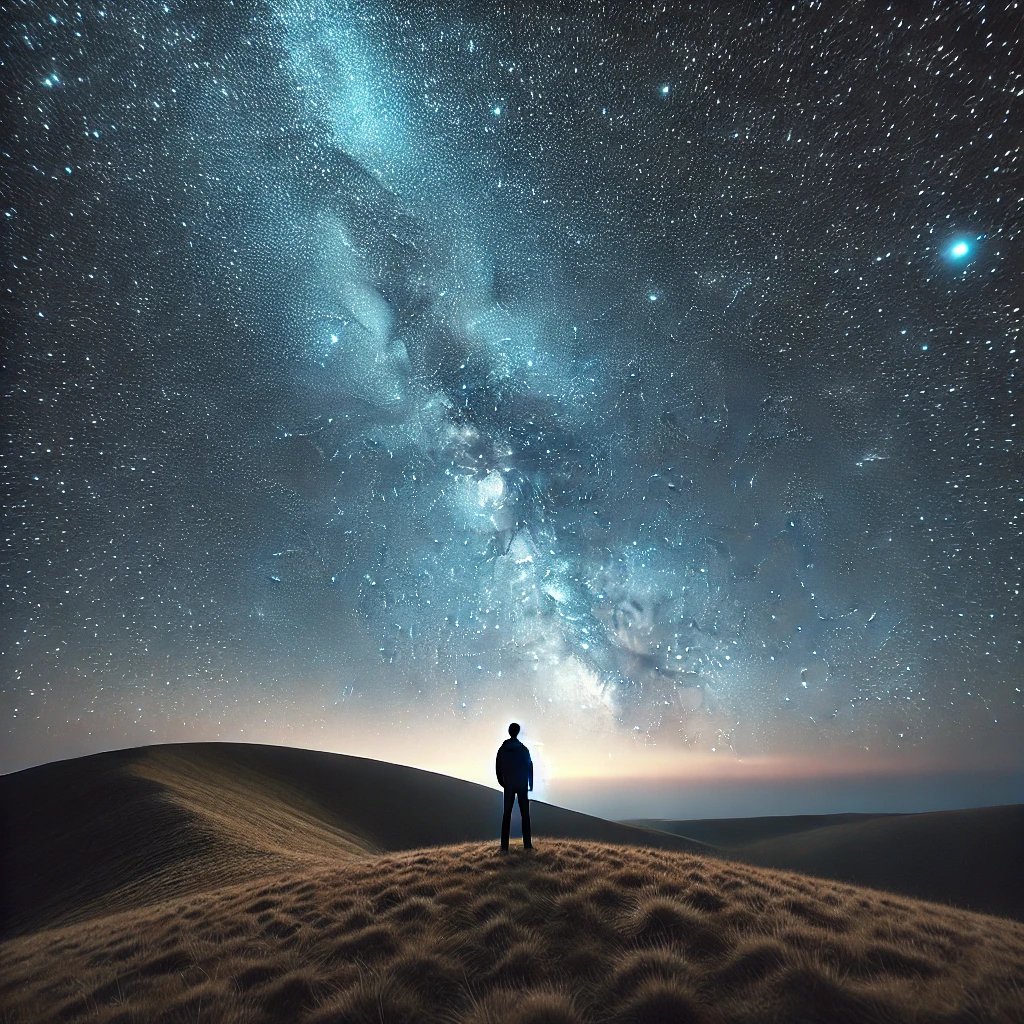The Celestial Compass: How Stars and the Moon Have Shaped Travel Across History, Myth, and Modern-Day Wanderlust
There’s something almost absurdly romantic about gazing at the night sky, isn’t there? Those shimmering points of light, each a cosmic wink, have guided sailors, inspired poets, and, occasionally, convinced people that Mercury being in retrograde is why their Wi-Fi won’t connect. But behind the twinkling glamour lies a deeper story of how humanity has navigated life — and travel — by the stars and the moon. Buckle up, stargazers; this cosmic journey promises history, mythology, modern escapism, and a healthy dose of humor.
5/28/20253 min read


Starlight, Star Bright: A Galactic GPS Through History
Long before Google Maps politely recalculated our every wrong turn, there was celestial navigation. For ancient sailors, the stars weren’t just pretty decorations on the night’s canvas; they were lifesaving tools. The Polynesians, legendary navigators of the Pacific, read the stars like a cosmic atlas, pinpointing islands with uncanny accuracy. The North Star, a steadfast friend to explorers in the Northern Hemisphere, was practically the original "You Are Here" dot.
Meanwhile, on land, caravans crossing vast deserts depended on the moon’s light to illuminate treacherous paths. In medieval Europe, the position of the moon even dictated when markets opened and festivals began. And yes, if you’re wondering, that’s where the phrase “once in a blue moon” came from — a nod to rare lunar events that defied the predictable calendar.
Moonstruck Myths and Celestial Superstitions
Ah, the myths! Humanity’s celestial storytelling is richer than a billionaire’s space travel budget. Across cultures, the moon’s phases were interpreted as everything from a divine calendar to a moody goddess’ expression.
The Greeks, for instance, spun tales of Selene, the moon goddess who fell for a mortal and requested Zeus to grant him eternal sleep. (Quite the extreme version of "Netflix and chill.") Meanwhile, in Chinese lore, the annual Mid-Autumn Festival celebrates Chang’e, a moon goddess who floated to the heavens after swallowing an immortality elixir. The stars? They’re not to be outdone either. Constellations like Orion and Cassiopeia weren’t just patterns but epic dramas, immortalized in the night sky.
Even now, astrological beliefs about lunar influence endure. Farmers swear by planting crops by the moon, werewolves blame it for their bad behavior, and your friend Karen insists it’s why her ex-boyfriend was a Scorpio. (Sorry, Scorpios. You get a bad rap.)
Modern Wanderlust Under the Stars
Fast forward to today, and the night sky remains a magnet for dreamers and explorers. Astro-tourism — yes, that’s a thing — is booming as people seek unpolluted skies to marvel at the Milky Way. From desert retreats to high-altitude observatories, stargazing has gone from necessity to luxury. It’s an experience that reminds us of our smallness, our shared humanity, and how expensive a good DSLR camera can be.
Of course, not all travel inspired by the cosmos is contemplative. Take, for example, the burgeoning space tourism industry. Billionaires are battling it out to send people to orbit, promising an "out of this world" experience. (Just don’t expect duty-free shopping.) Meanwhile, on Earth, festivals like Nevada’s Starry Night invite attendees to dance under meteor showers, proving that we’re just as likely to turn a celestial event into a party.
Top 10 Stargazing Destinations Where the Milky Way Dazzles
If this article has sparked your inner Galileo, grab a telescope and head to one of these jaw-dropping spots:
Mauna Kea, Hawaii — Towering above the clouds, this volcanic peak offers pristine views of the Milky Way.
Atacama Desert, Chile — The driest place on Earth, with an unparalleled view of the Southern Hemisphere’s sky.
Jasper National Park, Canada — A designated Dark Sky Preserve with sparkling nightscapes.
NamibRand Nature Reserve, Namibia — Where the desert meets an ocean of stars.
Aoraki Mackenzie International Dark Sky Reserve, New Zealand — Ideal for Southern Cross spotting.
La Palma, Canary Islands — High-altitude stargazing with observatories to boot.
Uluru, Australia — Sacred land beneath the Milky Way’s brilliance.
Denali National Park, Alaska — Northern Lights and starry skies in one package.
Mont-Mégantic National Park, Canada — A pioneer in protecting dark skies.
Sossusvlei, Namibia — Vast dunes and a heavenly blanket of stars.
The Stars as Timeless Inspiration
The night sky has always been more than just a backdrop for our lives. It’s a canvas of inspiration, a source of wonder, and a reminder of our place in the vast universe. Whether you’re tracing constellations, imagining myths, or planning your next astro-tourism adventure, the stars and moon remain humanity’s constant companions. And who knows? Maybe they’ll even help you figure out why your Wi-Fi is acting up. After all, Mercury retrograde is coming.
Itineround
Discover itineraries and maps of world cities.
email - itineround@gmail.com
© 2024. All rights reserved.